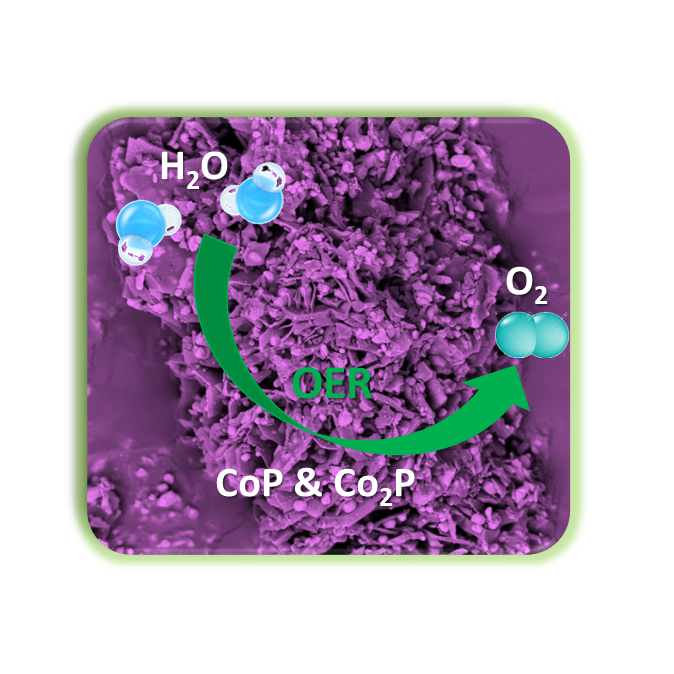Imidazole-containing Co²⁺ and Ni²⁺ etidronates: crystal structures and electrochemical behaviour
Bazaga-García*¹, R.M.P. Colodrero¹, A. Vílchez-Cózar¹, E. Armakola², M. Gjika², A. Visa³, D. Choquesillo Lazarte⁴, P. Olivera-Pastor¹, A. Cabeza¹ and K.D. Demadis²
m.bazaga@uma.es*
¹Departamento de Química Inorgánica, Universidad de Málaga, Spain
²Department of Chemistry, University of Crete, Greece
³Institute of Chemistry Timişoara of the Romanian Academy, Timişoara, Romania
⁴Laboratorio de Estudios Cristalográficos, IACT, CSIC-Universidad de Granada, Spain
Abstract: Metal phosphonates-based coordination polymers (CPs) are known to exhibit versatile structural diversity and functionality [1]. Thus, they have been used, among other applications, as electrocatalyst precursors [2] for both, PEMFCs and electrolysers.
In this work, we report the synthesis, crystal structure and electrochemical properties of imidazole-containing Co²⁺, Ni²⁺ and Zn²⁺ derivatives of the etidronic acid, (HO)₂P(O)-C(CH₃)(OH)-P(O)(OH)₂ (ETID). Analyses of the crystal structures reveals that these solids are 1D, in which the imidazole molecules form part of the coordination sphere of the cations (Co²⁺, Ni²⁺) or act as charge-compensating imidazolium cations (Zn²⁺). Co²⁺ and Ni²⁺ solids were pyrolysed under 5% H₂/Ar atmosphere at different temperatures. The resulting metal phosphides were tested as electrocatalysts for the Oxygen Evolution and Reduction Reactions (OER and ORR, respectively) and the Hydrogen Evolution Reaction (HER). Preliminary results indicate that Co²⁺ derivatives exhibit better performance.
Key words: Coordination polymers, phosphonates, imidazole, proton-conductivity, electrocatalyst, OER, ORR and HER.
Acknowledgments: This research was supported by PID2019-110249RB-I00 research grant (Spain), PAIDI2020 research grant of Junta de Andalucia (Spain), University of Malaga under Plan Propio de Investigación and Ayudas para la contratación predoctoral (PRE2020-094459).

[1] E. R. Engel and J. L. Scott. Green Chem. (2020) 22, 3693.
[2] R. Zhang; S. M. El-Refaei; P. A. Russo and N. Pinna. J Nanopart Res. (2018) 20, 146.
